Can frozen shoulder heal on its own?
Frozen shoulder is also known as shoulder joint tissue inflammation. It is a chronic aseptic inflammation caused by injury and degeneration of the shoulder joint capsule and soft tissues around the joint, with pain in the shoulder joint, motor dysfunction and muscle atrophy as the main clinical manifestations of the disease. It is also known as frozen shoulder, frozen shoulder, frozen shoulder, cold shoulder. Therefore, patients with frozen shoulder often experience shoulder pain, even sleeping pain, and are unable to wash their face, comb their hair, or put on clothes.

Frozen shoulder is generally categorized into two types: primary: poor blood supply to the tendon itself, ageing, degenerative changes, frequent joint activity, and chronic strain. Secondary: commonly secondary to acute trauma to the shoulder or upper extremity, but also secondary to cervical spondylosis, low back disease. Most are thought to occur on the basis of degenerative changes in the soft tissues around the shoulder joint.
Early changes in frozen shoulder are fibrous shrinkage of the joint capsule and reduction in the volume of the joint. In advanced stages, the soft tissues show widespread degenerative changes in the collagen fibers, fibrosis, shortening and sclerosis.
Frozen shoulder is generally staged in three phases
Beginning: discomfort and a feeling of binding in the shoulder joint; pain may be limited to the anterolateral aspect of the shoulder joint or extend to the deltoid muscle at the point of resistance.
Freezing phase: the pain can be mild or severe, aggravated at night; when the shoulder joint is moved, it can cause intense pain and muscle spasm; the movement of the shoulder joint is restricted for months, or even years, before the pain slowly disappears.
Thawing phase: pain is very mild, and the shoulder and glenohumeral joints gradually regain their motion; in some patients, the function of the shoulder joint is only partially regained or it is ankylosed and cannot be moved.
Therefore, it is generally not possible for frozen shoulder to recover on its own without the intervention of external conditions. Even if you reach the thawing period, it does not mean that the function of the shoulder joint is fully restored, but merely a reduction of pain or an increase in joint mobility. What's more, the time from the beginning of the frozen shoulder to the thawing period of frozen shoulder is very long, as little as a few months or as much as a few years.
Patients suffering from frozen shoulder basically need to be treated, and the treatment methods are as follows in brief: medication; closed treatment; Chinese massage and acupuncture; rehabilitation: physical factor therapy, exercise rehabilitation: surgery.
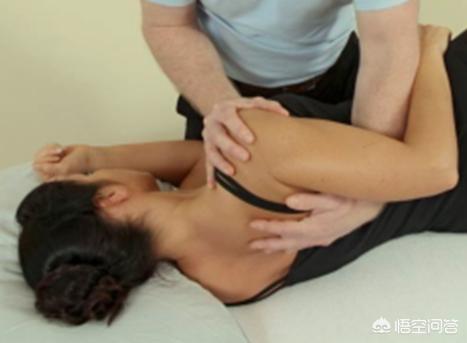
Can frozen shoulder heal on its own?
"Frozen shoulder" is a condition that leads to shoulder jointsorenessFrozen shoulder is a very common disease that occurs in people of all ages, limiting the active and passive movement of the shoulder joint in all directions, especially combing the hair, dressing, washing the face, and other daily activities are difficult to complete. However, most people don't know the cause of shoulder pain, and even some doctors don't know it very well, so they all diagnose and treat it as "frozen shoulder" and do rehabilitation on their own, but in fact, sometimes it's not a good idea.delay treatment。
the end isfrozen shoulderneverthelessOther diseases of the shoulder joint?frozen shoulderCan it heal on its own?
bottom line is this.Determine whether it is "frozen shoulder" or another disease.
Other causes of shoulder pain include shoulder impingement syndromea wide range of diseases. The common clinical manifestations of shoulder joint diseases are pain and limitation of movement. Rehabilitation is recommended after professional examination and clear diagnosis.Avoiding delays in treatment。
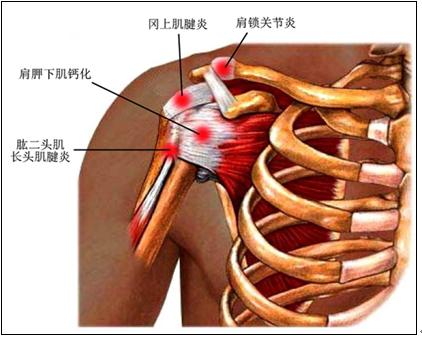
What is "frozen shoulder"?
Frozen shoulder is also known as frozen shoulder, condensed shoulder and fifty shoulders. The disease occurs at the age of about 50, with a slightly higher incidence in women than in men, and is characterized by gradual onset of pain in the shoulder, which gradually worsens, especially at night, and is mainly characterized by chronic specific inflammation of the shoulder joint capsule and its peripheral ligaments, tendons and bursa. It is a self-healing disease with no structural abnormality, and is characterized by limited and worsening shoulder function, which gradually subsides after reaching a certain level and eventually recovers completely.Can rehabilitate on their own with professional guidance。
How can you tell if you have shoulder impingement?
Shoulder impingement is a chronic shoulder pain syndrome caused by repeated friction and impingement between the structures in the subacromial space and the rostral shoulder dome during abduction of the shoulder joint, which includes subacromial bursitis, supraspinatus tendonitis, calcification of supraspinatus tendon, rotator cuff rupture, tenosynovitis of the long head of the biceps muscle, rupture of the long head of the biceps muscle, and so on. If shoulder impingement is diagnosed then it is a structural problem of the shoulder joint and cannot be rehabilitated on its own at will, further examination and treatment is recommended.Inappropriate rehabilitation can lead to exacerbation of symptoms!!!!
The disease can occur at any age from 10 years to old age. Some patients have a history of shoulder trauma or are associated with chronic overuse of the shoulder joint. Symptoms are caused by repeated injury to the rotator cuff and bursa, tissue edema, hemorrhage, degeneration and tendon rupture. Early rotator cuff hemorrhage and edema are similar to the clinical manifestations of rotator cuff rupture, which can easily confuse the diagnosis. Differentiating impingement from other causes of shoulder pain is very important for the diagnosis and treatment of shoulder joint diseases.
It is clinically characterized by a pain arc during active abduction activities of the shoulder joint, and the pain is significantly reduced or even completely painless during passive activities. Pain around the shoulder is predominant, and the pain involves the whole shoulder at night. Secondly, there is weakness and limitation of activity, and the pain is obvious when the upper arm is abducted.
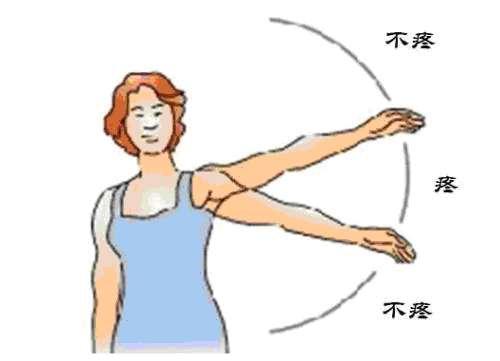
Ancillary tests for subacromial impingement:It is recommended to visit a specialized hospital for examination.
1, X-ray film: orthostatic, supraspinatus tendon exit position X-ray projection.
2. Ultrasound, shoulder arthrography, MRI.
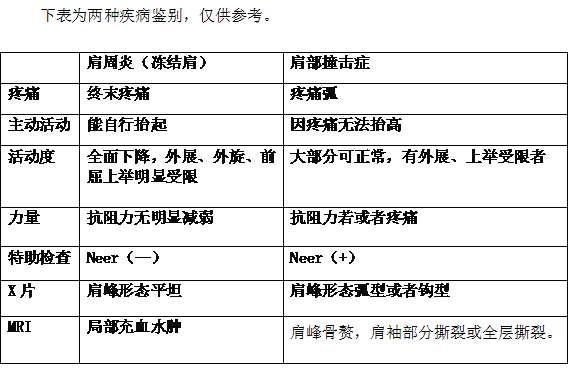
shoulder joint painAny disease that can be correctly diagnosed in a timely manner, the cause and pathological changes clarified, the degree of structural and functional damage differentiated, and correctly treated in a timely manner can generally achieve a more satisfactory outcome.
Hello! Permaculture Junkie thought that it is possible to perform self-rehabilitation of frozen shoulder at home. Before we analyze the problem in detail, Nutritionist thought, we need to understand two things first:
1, is not diagnosed as frozen shoulder
I have often heard many people say that as soon as they hear of shoulder pain, they immediately diagnose themselves with frozen shoulder. In fact, there are many causes of shoulder pain, such as frozen shoulder, shoulder subluxation, cervical spondylosis, rotator cuff muscle tear and so on. The treatment for each disease is different.
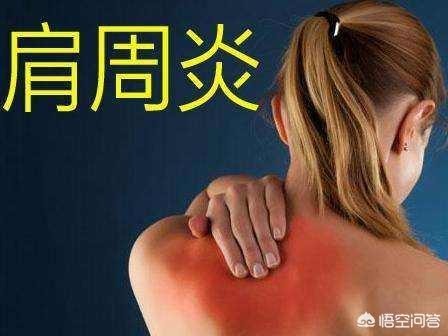
Take frozen shoulder and shoulder subluxation:
① Frozen shoulder is a self-limiting disease, which manifests itself mainly as soft tissue adhesions in the shoulder, and patients are encouraged to move their shoulders more on their own.
② Semi-dislocation of the shoulder joint, because of the instability of the joint, although it is also to be moved, but only under the guidance of a doctor, usually need to be braked.
Therefore, if you have shoulder pain, don't just assume that you have frozen shoulder and start treating it haphazardly. You need to let your doctor make a clear diagnosis before you can take the next step.
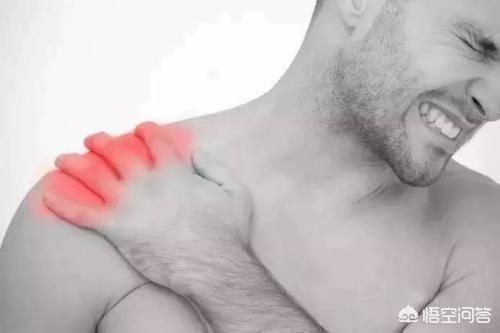
2、What counts as recovery from frozen shoulder
For ordinary people, the recovery of frozen shoulder is actually as long as two things, that is, no pain, does not affect the normal life, that is considered to be the recovery of frozen shoulder.
After figuring out the above two issues, let's move on to the biggest problem facing frozen shoulder:
①Pain
This is why all of our patients, go to their doctors for help. It if it didn't hurt, or if it didn't hurt so bad, the health care provider believes that there would be a lot of people who would just get over it, just get over it, just get over it.

② Functional limitations
Another major manifestation of frozen shoulder is functional limitation, especially for shoulder abduction and forward flexion, the limitation is particularly obvious, which causes the direct consequence that our patients with frozen shoulder are unable to complete daily life activities such as combing their hair, dressing, and even brushing their teeth.
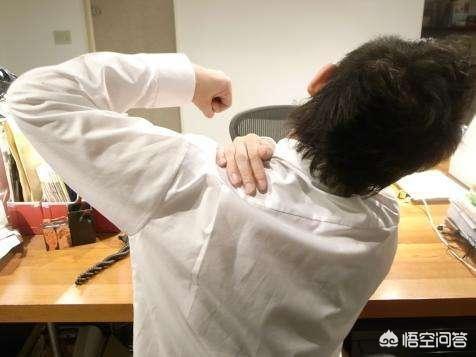
So how exactly do you go about solving these problems?
Originally, acupuncture, physical therapy, and acupressure inside the hospital were helpful for your pain and dysfunction, but since you don't want acupuncture and it's clearly stated that you want to self-rehabilitate at home, Permaculture offers the following advice
1. For pain
①Drugs
Frozen shoulder belongs to aseptic inflammation, the selection of non-steroidal anti-inflammatory drugs, anti-inflammatory and analgesic effect are good. The choice of specific drugs should be based on the recommendations of the clinician.

②Hot compresses with towels
Generally speaking, in the early stage of inflammation, cold compresses are used to control inflammation and exudation. However, since it has reached the point of going to the hospital, it must have passed the acute stage, and at this time at home with a towel hot compresses can promote local blood circulation, swelling, pain relief effect is better.
③Intramuscular effect patch
Intramuscular effect patches are also more effective in improving localized pain, and since it is shoulder pain, it may not be possible for one person to manipulate it, and you will need the assistance of another person to do so. Here is just a brief introduction, for the pain point, you can use X-type. Then combine it with other patches, such as Y-type, for better results.
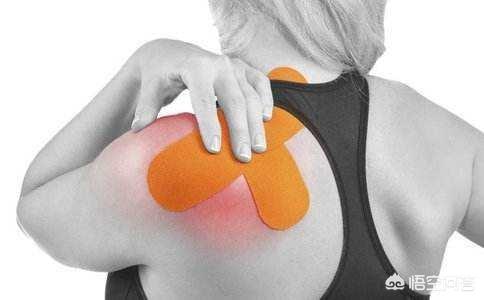
2. For functional limitations
As mentioned above by Nutritionist, frozen shoulder is something that encourages patients to exercise more. And the way to improve functional limitation, that is to exercise more. How exactly does that work?
①Pre-exercise
Due to the presence of adhesions in the shoulder tissues in frozen shoulder and due to the presence of chronic pain, it may cause the patient to be afraid to move. If, all of a sudden, the patient is made to move too much, it can aggravate the condition instead.
Therefore, before exercising, we can warm up the muscles to relax the tense muscles, and then start to move slowly, which is more effective.
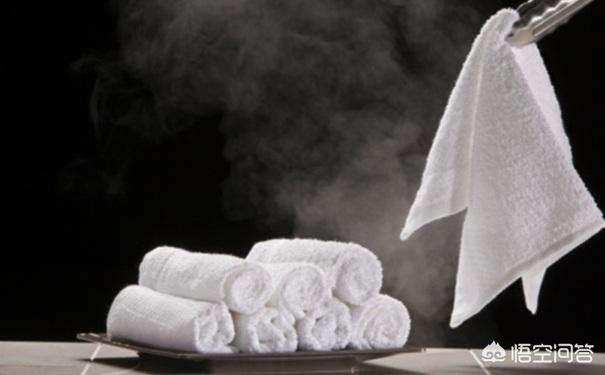
② Improvement of shoulder forward flexion and abduction is the main focus.
Finger wall climbing should be the most classic exercise to improve the range of motion of the joints. The patient stands facing the wall / side to the wall, with the affected side of the fingers along the wall slowly upward climbing, so that the upper limbs as high as possible, to the maximum limit, in the wall for a mark, and then slowly down back to the original place, repeated, and gradually increase the height.
Also, it is important to remember that whether the shoulder is moved forward or outward, mild pain must be appropriate. Too much pain, on the contrary, can cause muscle tension, which is not conducive to the patient's recovery.
③After exercise
After the activity, the shoulder will certainly have a little pain, this time you can take an ice cube from inside the refrigerator, wrapped in a towel, in the local cold compress, can play a rapid pain relief effect.
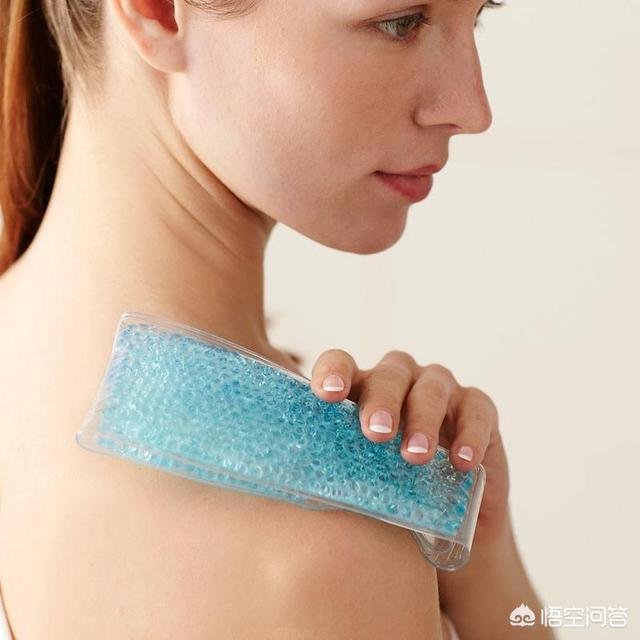
Well, that's all there is to say. Lastly, Nourish wishes you a speedy recovery!
I hope the above suggestions can help you, get more health information, please pay attention to the health of the fine talk!
Thanks for the invite.
I have seen many patients with shoulder joint diseases. Many patients with shoulder pain, due to severe pain, come to my clinic and say, "Dr. Yuan, do a shoulder arthroscopy for me." Many patients with shoulder pain come to my clinic and say, "I have frozen shoulder," but in fact, many of them don't necessarily have frozen shoulder, but may have other diseases of the shoulder joint.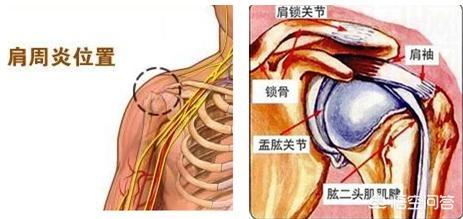
Frozen shoulder, also known as periarthritis of the shoulder, is commonly known as frozen shoulder, frozen shoulder, frozen shoulder, frozen shoulder, frozen shoulder, frozen shoulder, frozen shoulder, frozen shoulder, frozen shoulder and frozen shoulder. Frozen shoulder is a chronic specific inflammation of the shoulder joint capsule and its surrounding ligaments, tendons and bursa, which is characterized by gradual onset of pain in the shoulder, which is more severe at night and gradually worsens, and restriction of the shoulder joint function, which is getting worse and worse, and then gradually relieves itself to a certain extent until it finally recovers completely. Frozen shoulder is a common condition characterized by shoulder joint pain and mobility problems.
For common frozen shoulder, conservative treatment is usually first considered as the main treatment. Conservative treatment includes functional exercises, oral non-steroidal drugs, joint cavity closure, physiotherapy, Chinese medicine therapy, etc. If you don't want to do acupuncture in Chinese medicine, there are many other methods, so if you are resistant to acupuncture, then it is recommended not to do acupuncture. You can use other methods instead. A good way is to do functional exercises at home, but it should be noted that if the functional exercises for a period of time, not only can not improve, but the symptoms worsened, this situation is best to suspend the functional exercises, because there may be other conditions of the shoulder joint, not necessarily frozen shoulder.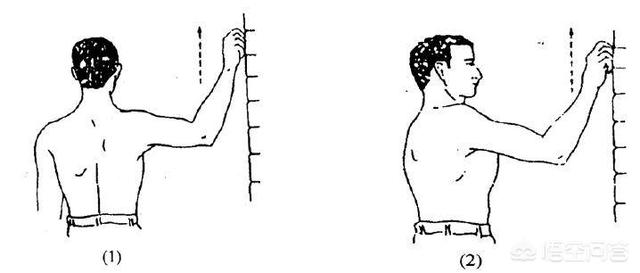
The traditional conception is that ordinary frozen shoulder, which is also called frozen shoulder, can be basically cured after two years' course of disease through functional exercise, but in fact it is not so, because many frozen shoulders have other diseases at the same time such as acromioclavicular impingement syndrome, etc. The conception of modern medical science is that, if the conservative treatment is ineffective for more than half a year for the frozen shoulder, then it is recommended to do arthroscopic release surgery, because some research shows that If conservative treatment is ineffective for frozen shoulder for more than half a year, more than 60% of patients have more or less complications if they still insist on conservative treatment. Instead of suffering from pain for two years, it is better to have arthroscopic release surgery as soon as possible. Arthroscopic surgery is a good solution to the problems of frozen shoulder, such as pain and limitation of activities.
Shoulder pain is not necessarily the real frozen shoulder, but also may be rotator cuff injury and other soft tissue injuries, so if the patient's shoulder pain is obvious, it is recommended to go to the hospital, combined with the doctor's physical examination, it is best to do a shoulder MRI to see, because the shoulder joint MRI in addition to see the bone, but also see the soft tissue of the shoulder joint, such as rotator cuff injury, glenoid labral injury, fluid in the shoulder joint, etc. And for some cases need arthroscopic surgery. In some cases, shoulder arthroscopy is needed.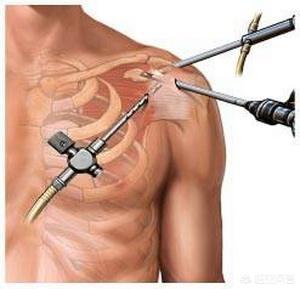
Exercise rehabilitation for frozen shoulder is categorized intoActive and passive trainingTwo kinds.
passive training
A rehabilitation trainer or a family member under the supervision of a rehabilitation trainer can help the patient, and passive rehabilitation of the shoulder joint can be accomplished with the help of auxiliary equipment (e.g., Continuous Passive Mobility Machine CPM).
Shoulder mobility training for 45 minutes at least 2 times a day.
Active training
1. Climbing the wall for exercise
Standing sideways against a wall, the patient is asked to use the fingers of the affected side to make a crawl from low to high on the wall, and the range of motion of the shoulder joint increases accordingly as the height increases.
This exercise gradually increases the range of motion of the shoulder joint and strengthens shoulder abduction.
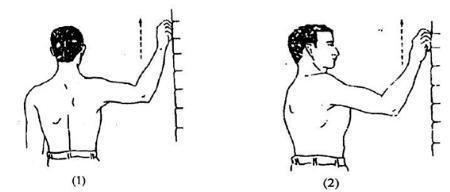
2. Inside-out exercises
In the case of limited internal retraction in patients with frozen shoulder, you can pull the wrist of the affected hand with the help of the healthy hand, and use the pulling force of the healthy hand to help the affected hand slowly move to the opposite side and retract inward.
3. Backward stretching exercises
When patients with frozen shoulder have limited posterior extension activities, place both hands on the back side of the body, pull the wrist of the affected hand with the healthy hand, and stretch backward to make posterior extension movements.
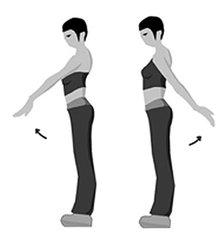
4. Internal rotation exercises
In cases of limited internal rotation, the hands are placed on the back, the affected hand is placed on the hip, and the healthy hand supports the affected hand from the hip in the direction of the spine by slowly reaching upward from the hip to the lumbar area to the point where it touches the scapula.
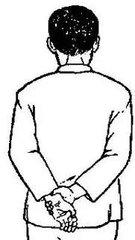
5. External Rotation Exercises
When the external rotation activity is limited, the upper arm of the affected upper limb is close to the thoracic position, and the healthy hand is used to help the affected upper arm to make rotational movements outward to increase the range of shoulder joint external rotation activity.
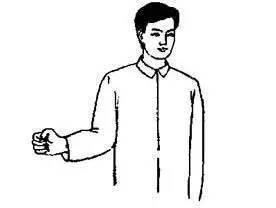
6. Lifting Exercises
Frozen shoulder patients with adhesions have limited lifting function, the use of frontal wall climbing training, using the arms to drive the shoulder joint lifting, standing face to face with the wall wall climbing exercise; you can also use the healthy side of the hand to help the affected side of the hand slowly lifting.
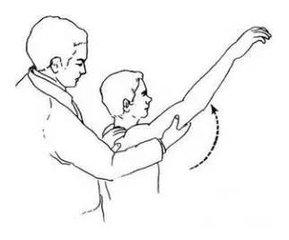
Each of the above movements to do the patient's maximum range, to stay 5 seconds, each group of movements repeated 50 times. According to the patient's situation, to the next day the patient does not feel tired for the appropriate amount of training, otherwise to reduce the amount of training, and vice versa no feeling to increase the amount of training. The process of training can not be rushed, step by step can be.
Cure cervical spondylosis, where is frozen shoulder. Since cervical spondylosis can not be cured, then periapical lesions are inevitable, cervical spondylosis is the cause, periapical inflammation is the result, it is such a simple problem.
The reason why many people do not look for the cause of the disease but only focus on the effect when the disease arises, leading to more and more names of diseases and fewer and fewer treatments, is because they lack a kind of thinking that treats the human body as a whole, but rather treats the human being as a machine assembled by parts of the mechanical thinking. In this way, how can diseases be treated effectively? To make a fruit tree deep-rooted and fruitful, we usually fertilize and irrigate water on the roots, not on the fruits and branches and leaves, right? Isn't the reasoning the same?
Frozen shoulder and cervical spondylosis and what is the relationship, the periapical nerve is issued by the cervical spine central nervous system, when the cervical spine five, six, seven and thoracic vertebrae lesions, compression of the nerve, will produce frozen shoulder or the outer side of the upper arm radiating pain, this is the two nerves, water metabolism, blood circulation are interrelated with each other in two parts of the cervical spondylosis if the above vertebrae is serious, not only cause frozen shoulder, but also caused by numbness of the thumb, forefinger, elbow pain and swelling and a series of symptoms. If cervical spondylosis is severe in the above vertebrae, it will not only cause frozen shoulder, but also cause numbness in the thumb and index finger, and pain and swelling in the elbow joint. At the onset of frozen shoulder, the other symptoms are not according to the patient's cervical spondylosis severity on the nerve compression decision, if the cervical spondylosis can not be effectively treated, then these symptoms are bound to happen sooner or later.
When the periapical lesions, the examination and treatment should be based on the cervical spine, the periapical well supplemented, in order to cure its root. If the cervical spine can be effectively treated at an early stage, then the disease of frozen shoulder does not exist, if you have frozen shoulder, then do not treat the cervical spine only to treat the frozen shoulder is either ineffective, even if the early effective effect will not be good.
The human body is a closed whole, the treatment of disease should also have a holistic thinking, if simply to the appearance of the disease to target the appearance of treatment, then both the doctor and the patient will always go on the road of misdiagnosis and misdiagnosis, from the body to recovery but farther and farther!

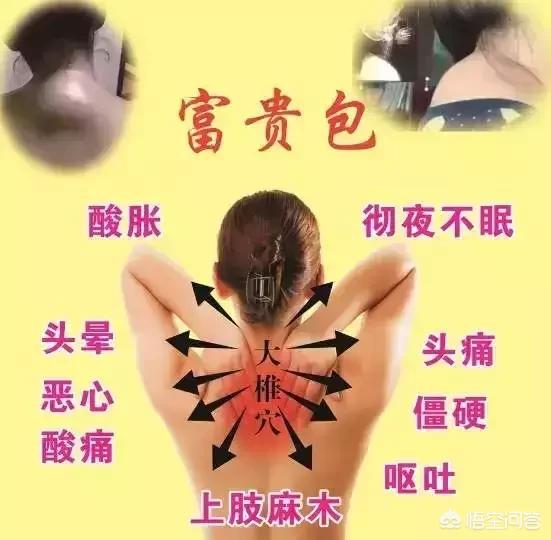
Frozen shoulder can theoretically reach a state of recovery through self-movement training, but in reality, most of them cannot recover by themselves, and only a few with mild symptoms can recover by self-exercise.
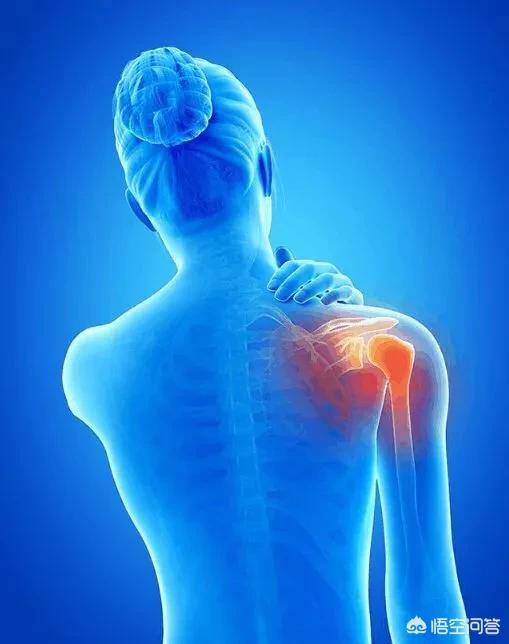
Frozen shoulder, also known as frozen shoulder, is a disease in which acute and chronic injuries to the shoulder joint and its surrounding soft tissues such as tendons, ligaments, tendon sheaths and synovial bursa, or degenerative changes, result in non-specific inflammation in the shoulder, causing shoulder pain and dysfunction as the main symptoms.
The onset is around 50 years of age, with a female predominance, and is clearly associated with degenerative changes.
There are three phases, pain phase, stiffness phase and recovery phase. The stiffness period lasts about 7-12 months, and then the local inflammation can be gradually reduced, subside, pain disappears, and the shoulder joint function recovers, which is also called the thawing period.
Clinical manifestations are slowly progressive, gradually increasing shoulder pain and joint mobility disorders. Generally, lateral pain is predominant, sometimes radiating to the elbow and shoulder, and aggravated at night. It is aggravated by activities such as combing hair, dressing and undressing.
Frozen shoulder has a tendency to heal on its own, but improper treatment can easily aggravate or prolong the course of the disease with sequelae.
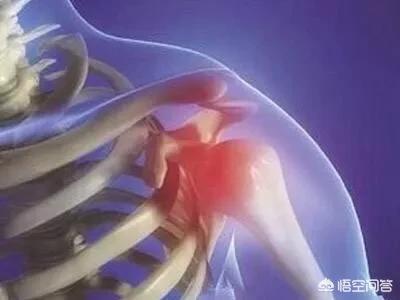
Specific treatment methods, you can see my last Q&A, specifically for frozen shoulder treatment, quick results, short course, less pain.
I am Dr. Lee from the Rehabilitation Department. Stay away from sub-health and enjoy a healthy life.
Frozen shoulder is a very generalized concept, which collectively refers to the pain and dysfunction of the shoulder joint caused by soft tissue lesions around the shoulder as frozen shoulder. The current term of frozen shoulder is gradually replaced by terms with specific localization and characterization, such as biceps long head tenosynovitis, rostral synostosis, frozen shoulder, and acromioclavicular impingement syndrome.
Frozen shoulder is believed to be related to the following causes, 1. Local degeneration mostly occurs in middle-aged and elderly people over 40 years old, soft tissue degeneration, and the weakening of the ability to withstand all kinds of external forces are the basic factors. 2. Acute contusion and traction injuries to the shoulder are caused by inappropriate treatment. Chronic traumatizing force produced by long-term over-activity and poor posture is the main excitation factor. Shoulder fixation for too long after upper extremity trauma, secondary atrophy and adhesion of periapical tissues.3. Shoulder entrapment pain occurring in cervical spondylosis, cardiac, pulmonary, and biliary diseases, due to prolonged failure of the primary pathology to heal so that the shoulder muscle persistent spasm, ischemia and inflammatory foci are formed, and transformed into true frozen shoulder.
It is always said that "you get what you pay for". In some cases of inflammation in the joints, the more you nurse, the more you hurt. When the joints move, the blood flow to the injured joints increases, and the nutrients supplied with the blood also increase, which helps to repair the joints and reduce the inflammatory response. At the same time, prolonged "recuperation" can lead to adhesions between muscles, further limiting joint movement or increasing pain.
Several methods are often used to treat frozen shoulder, from surgery, medication, physical, Chinese medicine and exercise. For different types of shoulder joint lesions, it is important to choose the appropriate rehabilitation treatment. For non-invasive rehabilitation of frozen shoulder, it is recommended to increase one's joint mobility or physical activity along with complementary treatments in physiotherapy and Chinese medicine.
Hello, I'm happy to answer this question for you, I'm Ma Wenhui, a Saipu Fitness Rehabilitation Instructor.
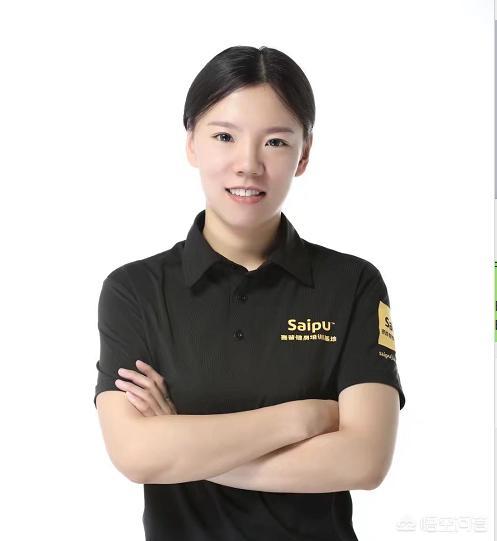
As we get older, there are many people who have this problem, there are too many ways to deal with it in the society, such as plasters, cupping, medication, that these are not bad, but these methods are effective for you is a good method, then today I answer you is frozen shoulder can be self-healing, and to tell you the reason behind it.
First of all, because your pain is causing you to lose flexibility, your neck and shoulder joints are missing muscle moisture and your muscles can't stretch so that every time there is an activity they can't function as they should.
The first thing you want to do is to loosen the muscles around your shoulder joint, the goal is to make the muscles supple and loosen the adhesions, not too much force, comfortable and with a little bit of sensation to do the loosening.
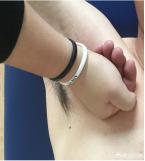
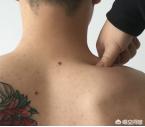
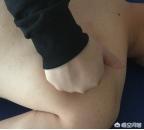
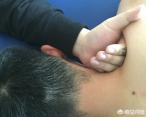
The second thing is
After doing all this loosening and loosening perform a small training session with light weights for the ropes, work on some stabilizing strength, and strengthening of the rotator cuff muscles of the shoulder joint
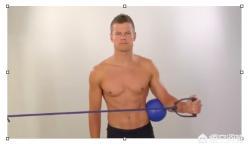
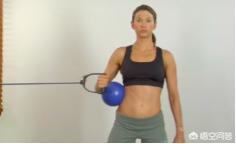
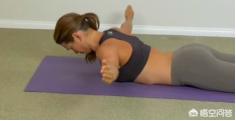
We hope to give you help, and stay tuned for more recovery dry spells!
Frozen shoulder is more common among middle-aged people and women. Although it is not a big problem, it affects the daily life of patients and brings a lot of inconvenience, and it is more common for such patients in orthopedic clinics.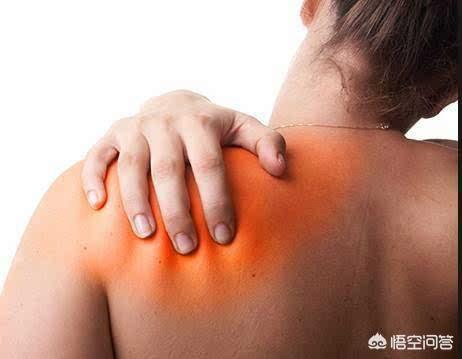
Characteristics of frozen shoulder
Frozen shoulder is well known to the general public due to its high incidence, and it has three important characteristics:
1. Age: Most common in middle-aged people over 40 or 50 years old. If young people suffer from shoulder pain, they should not be easily diagnosed as frozen shoulder, but should consider rotator cuff injury, acromioclavicular impingement syndrome and other shoulder joint diseases.
2. Pain Shoulder pain is not necessarily frozen shoulder, on the contrary, frozen shoulder usually have obvious pain, mainly in the process of activity pain is obvious, anterolateral pressure pain is more obvious.
3. Reduced range of motion This feature helps to differentiate shoulder pain from that caused by cervical spondylosis. It is mainly characterized by the inability to successfully complete the two movements of washing the face and scratching the back.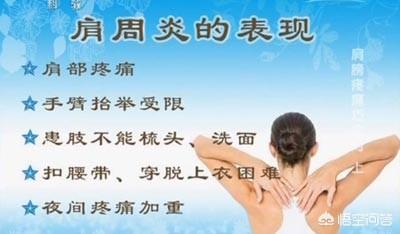
If these three criteria are met, frozen shoulder disease should be highly suspected and prompt medical attention is recommended.
Frozen shoulder treatment
Numerous clinical practices have proved that frozen shoulder is indeed a self-healing disease, that is, it can be cured by itself without special treatment, and the time limit is roughly about 1 year.
If it is curable, then why do many people seek medical attention? One has to realize the pain and inconvenience of living with the pain and inconvenience caused by this disease that lasts for about a year.
Early onset, the shoulder joint is best suspended braking, light activity, oral diclofenac sodium extended-release tablets for pain symptomatic treatment, if the pressure and pain points are more limited, you can also consider closed injections, once a week, 2-3 times can be. Recovery period of hot compresses physiotherapy, helps to antispasmodic, anti-inflammatory and pain relief. Appropriate acupressure and massage not only reduces pain, but also helps to increase the range of motion of the joints. Within the range of pain tolerance, active and planned shoulder joint active functional exercises should be actively carried out.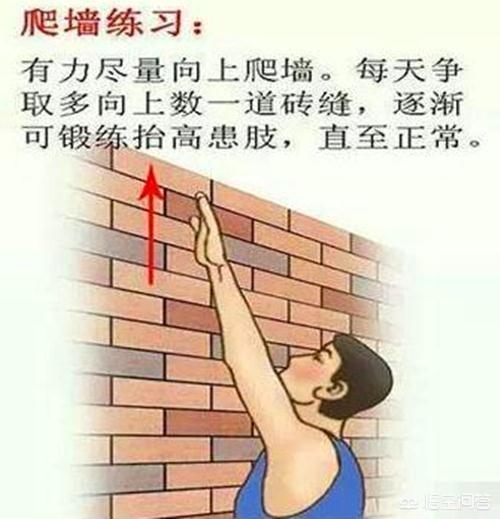
Summary: Frozen shoulder is theoretically a self-healing disease, but it doesn't mean that it can be left unattended. Scientific treatment and active functional exercises can help alleviate the condition and facilitate rapid recovery.
This question and answer are from the site users, does not represent the position of the site, such as infringement, please contact the administrator to delete.